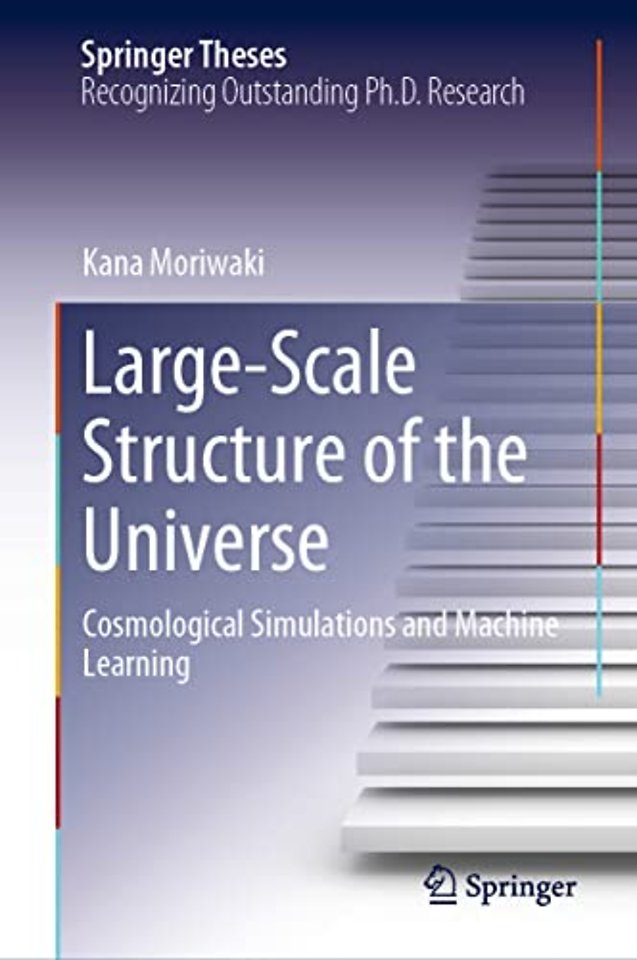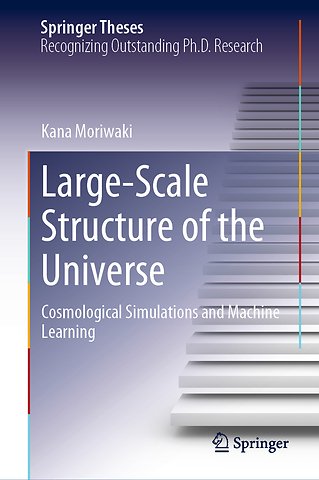Large-Scale Structure of the Universe
Cosmological Simulations and Machine Learning
Samenvatting
Line intensity mapping (LIM) is an observational technique that probes the large-scale structure of the Universe by collecting light from a wide field of the sky. This book demonstrates a novel analysis method for LIM using machine learning (ML) technologies. The author develops a conditional generative adversarial network that separates designated emission signals from sources at different epochs. It thus provides, for the first time, an efficient way to extract signals from LIM data with foreground noise. The method is complementary to conventional statistical methods such as cross-correlation analysis. When applied to three-dimensional LIM data with wavelength information, high reproducibility is achieved under realistic conditions. The book further investigates how the trained machine extracts the signals, and discusses the limitation of the ML methods. Lastly an application of the LIM data to a study of cosmic reionization is presented. This book benefits students and researchers who are interested in using machine learning to multi-dimensional data not only in astronomy but also in general applications.

